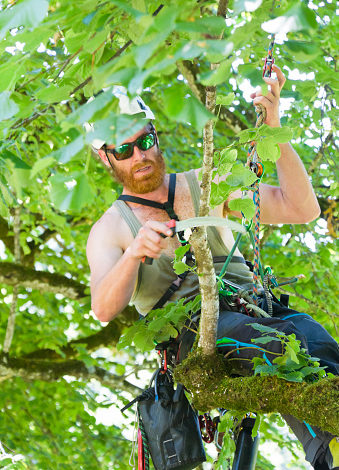Weeding Blueberries With Geese, a Way to Grow Organically Without Using Herbicides



summary
Many farmers across the country take advantage of the unusual trait of geese to eat grass and some plants with pleasure while showing no interest in the berry or strawberry plants you grow. Geese will eat grass and weeds next to plants that you will not be able to remove by hoeing or planting without causing damage to the plant roots.
Proper use of geese for weeding can virtually eliminate the need for hoeing hoeing and pulling grass and weeds. This can go a long way toward replacing costly labor.
Advantages
- It is far from organically controlled without the use of herbicides.
Replaces the expensive manual labor of hoeing and pulling weeds
It can be used to control annoying weeds and some weeds
You won’t eat your plants
Geese will clean watering ditches and fencing rows.
cons
It requires fencing them in the area and moving them to a new area as needed
It requires training them on the plants they eat when they are young and old
They are so messy lucid blue strain
They are vegetarians. They will not eat insects. This can be difficult in a blueberry patch especially for caterpillars that will eat the leaves of your plants…
Geese’s tendency to pack soil and organic cover
How to use geese to remove weeds
Weeding geese (weed geese) should be placed in the fields early in the year when the grass and weeds begin to grow. Under average conditions, 2-4 geese per acre are sufficient in row farms. The geese of choice for use in weeding are the Chinese white geese. Nylon woven nylon electric fence is rather successful and is moved without difficulty. The fence should be three to four feet tall.
Weed geese tend to eat ripe berries. They may also catch some of the newly emerged berry sticks, so the timing of their use should be adjusted accordingly.
Uses of geese to remove weeds
Strawberry growers have used geese the weed for several years. Weed geese can also be used in blueberry fields. Flower growers use geese for chrysanthemums, roses, peonies, iris, dahlias, zelladiolus and others. Geese were also used by producers of mint, asparagus, onions, potatoes, tobacco, sugar beets, grapes, berries and other small fruits.
field management
Youngsters up to 8 weeks old if placed in the field should be provided with a shelter. They also need to be enclosed in a shelter in case it rains and all night long. The chicks can be put on the lawn in a few days. Some grain feed is required. The amount of grain needed will generally be about 0.05 to 0.2 pounds per day per bird. The correct amount will be determined by experience. You don’t want to overfeed the geese because you need to keep them with a good appetite to graze on grasses and weeds. You need to make sure they stay strong and healthy.
Water bowls should be placed at the ends of the row to encourage birds to graze the entire field. In areas that require additional grazing, you can place water bowls near those sites. You also need to provide some means of structure for shading.
It is wise to bring geese into an enclosed area at night to protect them from foxes, wild dogs or other predators.
Some insecticides are toxic to geese, so do not use insecticides while the geese are in the field and do not return them to the field for several days after spraying with an insecticide. Fortunately, blueberries have few pests and diseases to contend with. The main problem could be larvae. Caterpillars can be a problem with blueberries but they can be controlled. Use 1 tablespoon Basic H in an Ortho spray. Or use 1 tablespoon in a 16-ounce spray bottle. Spray the larvae and watch them die in seconds. It is also good for blueberry bushes.



